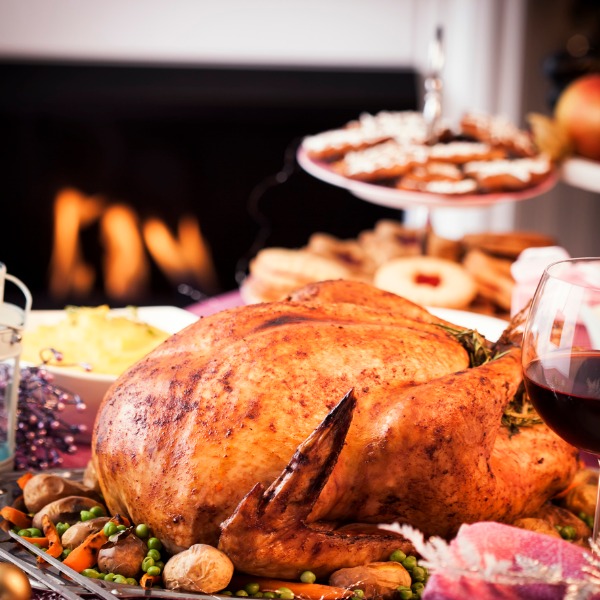Physical and Chemical Changes in the Kitchen

Holiday meal with roast turkey and cookies (GMVozd, iStockphoto)

Holiday meal with roast turkey and cookies (GMVozd, iStockphoto)
4.77
How does this align with my curriculum?
Curriculum Alignment
BC
2
Science Grade 2 (June 2016)
Big Idea: Materials can be changed through physical and chemical processes.
NU
5
K-6 Science and Technology Curriculum (NWT, 2004)
Matter and Materials: Properties of and Changes in Matter
YT
2
Science Grade 2 (British Columbia, June 2016)
Big Idea: Materials can be changed through physical and chemical processes.


